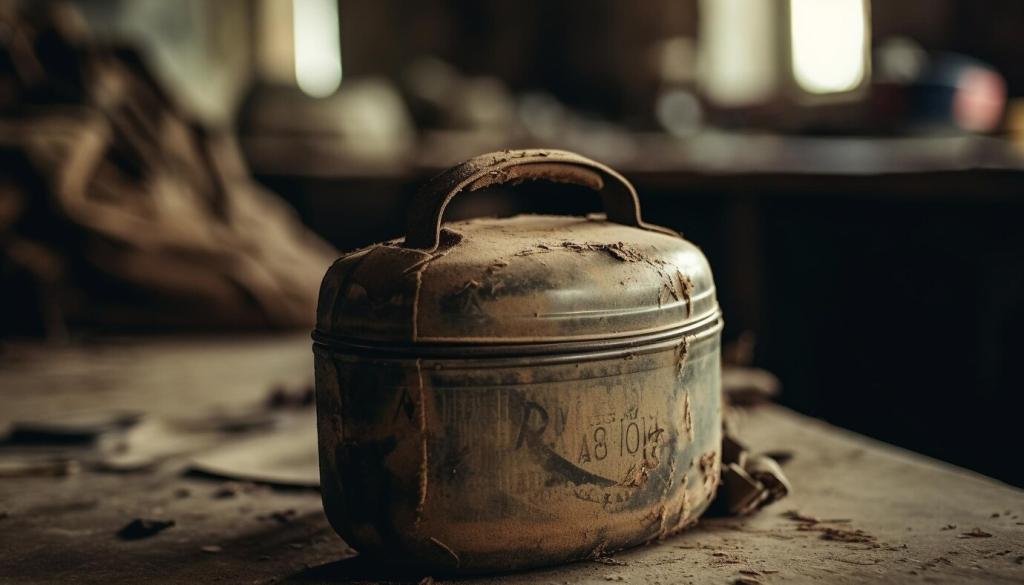Professional Restoration vs. DIY: When to Seek Help
Selected theme: Professional Restoration vs. DIY: When to Seek Help. Welcome to a practical, uplifting guide that helps you decide when to roll up your sleeves and when to call in a pro. Subscribe, share your stories, and let’s learn from each other’s triumphs and near-misses.

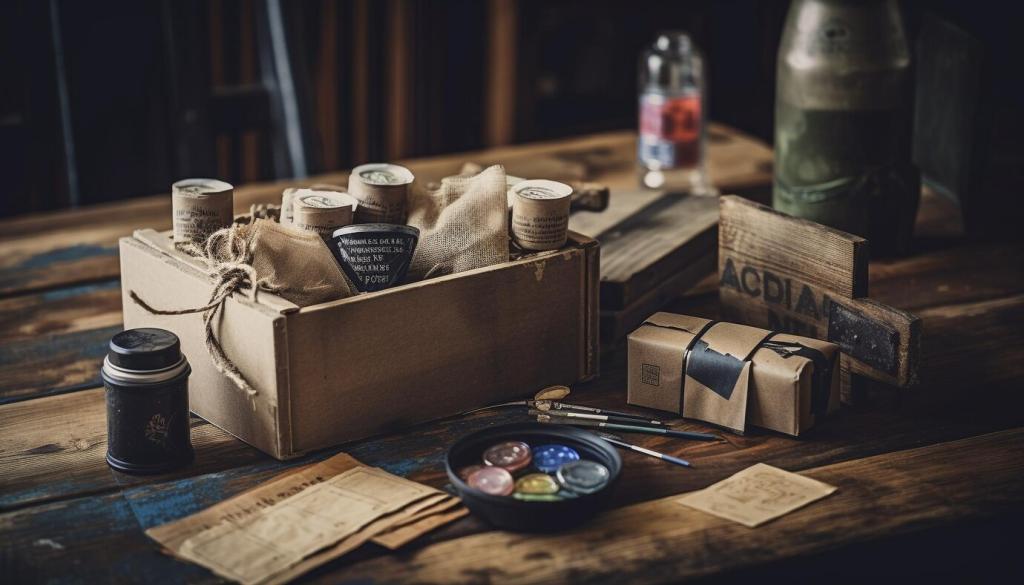

A Clear Decision Framework
Start by asking what could go wrong if something fails. If failure risks injury, contamination, or structural damage, that is a hard stop for DIY. Professionals bring containment, monitoring, and protocols that safeguard your home, health, and the object’s long-term integrity.
A Clear Decision Framework
List the exact tools and techniques required, then estimate practice time, not just project time. If key tools are specialized, prohibitively expensive, or unsafe without training, it is wiser to hire out. Your weekends and nerves are resources worth protecting too.
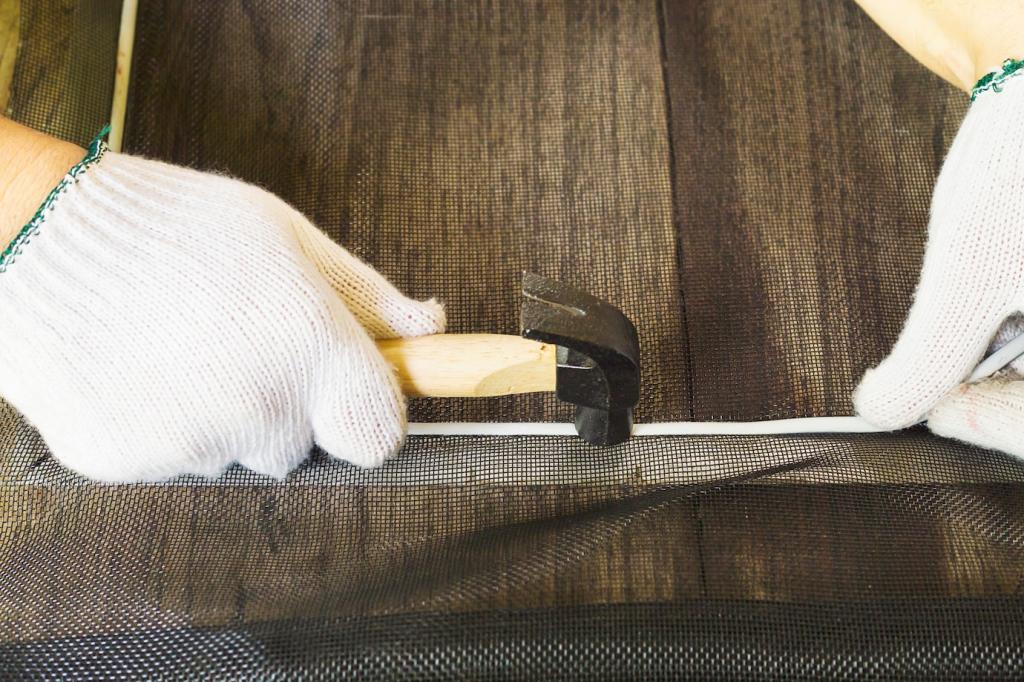
The Kitchen Table Refinish That Paid Off
A reader inherited a scratched oak table and used gentle cleaning, light sanding, and a wipe-on oil finish after proper tests. The result looked fresh without erasing history, and the project built confidence for future DIY tasks. Preparation and patience made all the difference.
Leather Jacket Dye Disaster, Then a Pro Reset
An amateur dye job turned blotchy when mismatched products bled into seams. A leather specialist neutralized residues, balanced color with airbrushed pigments, and reconditioned the hide. The jacket regained its suppleness and depth. Sometimes expertise restores both the item and your peace of mind.
Historic Window, Lead Paint, Zero Guesswork
A 1920s window showed alligatoring paint and stubborn sash cords. A pro tested positive for lead, set up containment, and used safe removal methods while preserving wavy glass. The homeowner gained smooth operation, historic charm, and documentation—proof that safety and authenticity can live together.
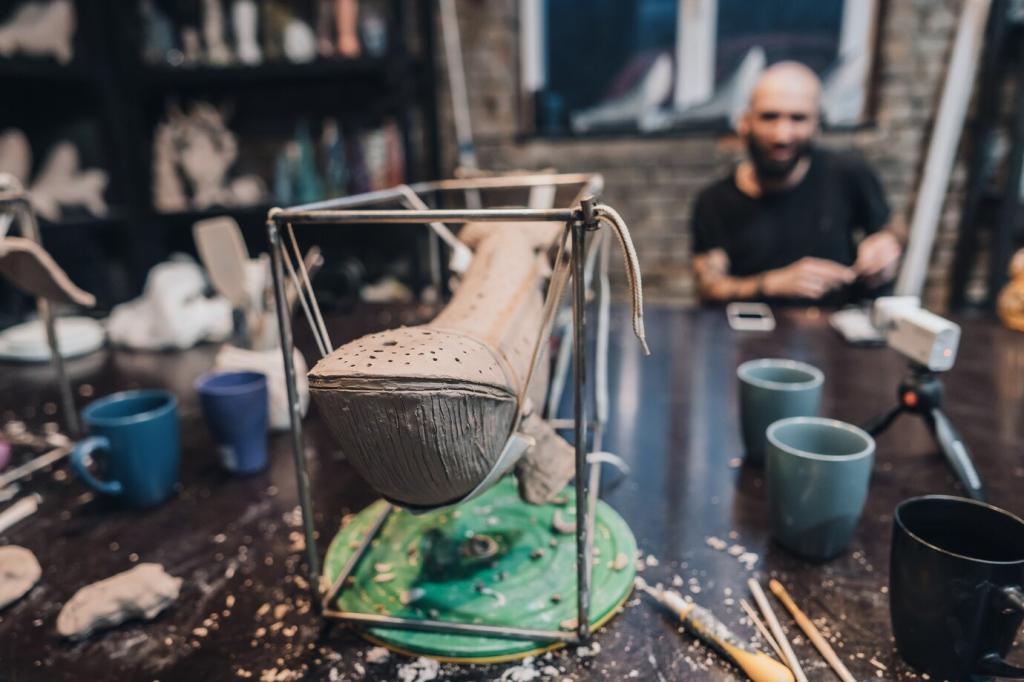

This is the heading
Lorem ipsum dolor sit amet, consectetur adipiscing elit. Ut elit tellus, luctus nec ullamcorper mattis, pulvinar dapibus leo.

This is the heading
Lorem ipsum dolor sit amet, consectetur adipiscing elit. Ut elit tellus, luctus nec ullamcorper mattis, pulvinar dapibus leo.
Safety and Legal Must-Knows
Hazardous Materials: Lead, Asbestos, Mold
Older finishes and building components may hide hazardous materials. Pros use certified testing, respirators, HEPA containment, and disposal protocols. DIY attempts without controls risk contamination and fines. If you suspect hazards, pause immediately and call certified specialists who follow legal, documented procedures.
Electrical, Structural, and Fire Safety
Anything involving wiring, load-bearing members, or heat sources raises stakes dramatically. Permits, inspections, and code compliance exist for a reason. Professionals ensure safe routing, anchoring, and fire protections. Your home and family deserve more than guesswork when sparks, heavy loads, or flames are involved.
Insurance, Warranties, and Documentation
Professional work often includes liability coverage and detailed reports. That documentation matters for claims, resale, and future maintenance. DIY without records can complicate insurance conversations. When value or risk is high, prioritize a paper trail that proves responsible, compliant decisions throughout the process.
Building Your Toolkit and Professional Network
Begin with quality basics: respirator, nitrile gloves, soft brushes, lint-free cloths, low-tack tape, calipers, a moisture meter, and a set of gentle solvents. Add a magnifier for inspections. These tools help you test carefully and avoid over-aggressive approaches that cause hidden harm.
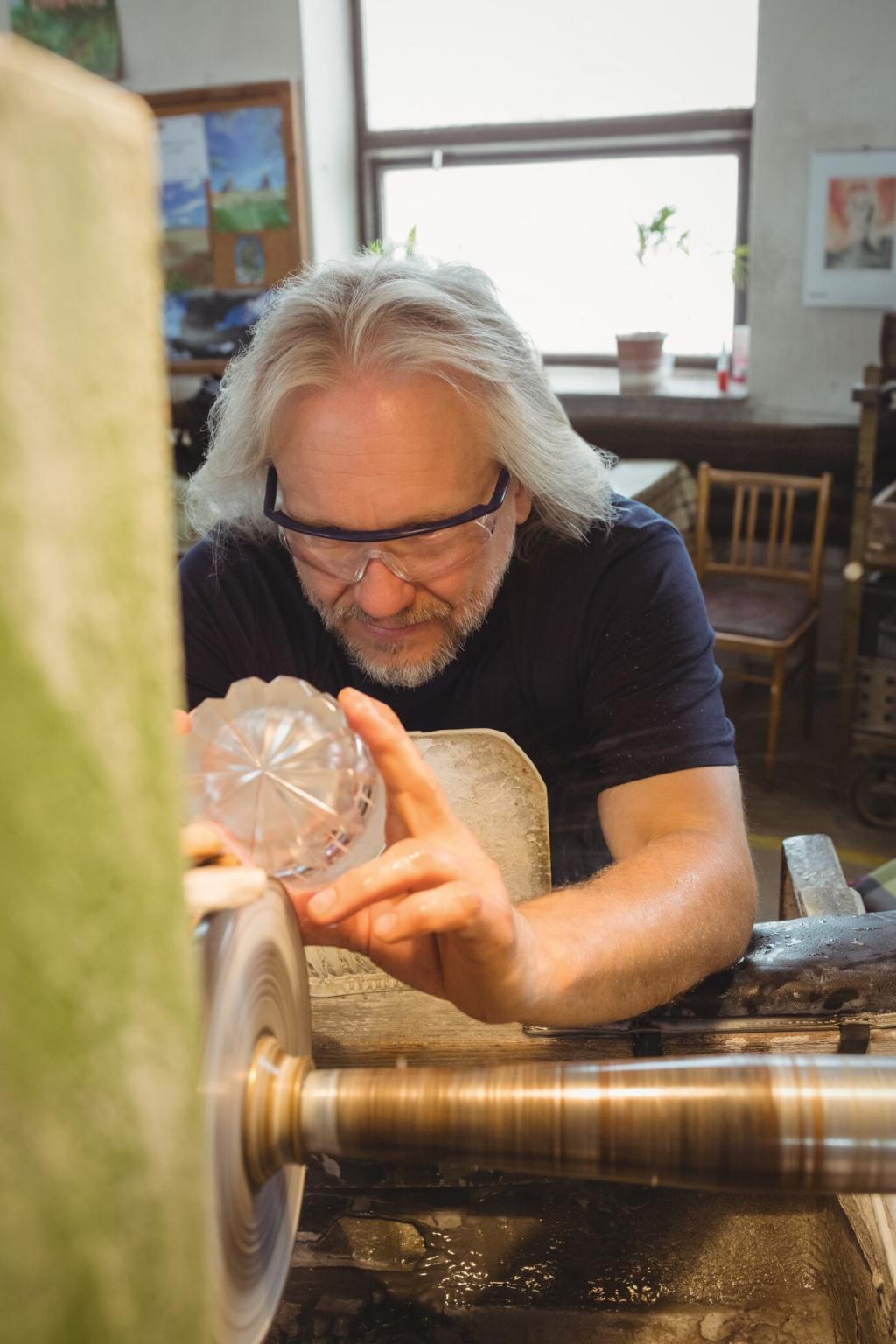
Building Your Toolkit and Professional Network
Ask for references, before-and-after photos, and details on testing, materials, and reversibility. Clarify communication style, timelines, and guarantees. Professionals who welcome questions usually respect your goals. Trust grows where transparency, documentation, and care for provenance come standard, not as an upsell.
Planning, Budgeting, and Expectation Setting
Scope, Milestones, and Contingencies
Define the finish line and celebrate smaller checkpoints. Build buffer time for curing, unexpected findings, and supplier delays. Contingency planning keeps momentum steady and prevents rushed decisions that damage materials or compromise safety. Good pacing protects both quality and enthusiasm.
